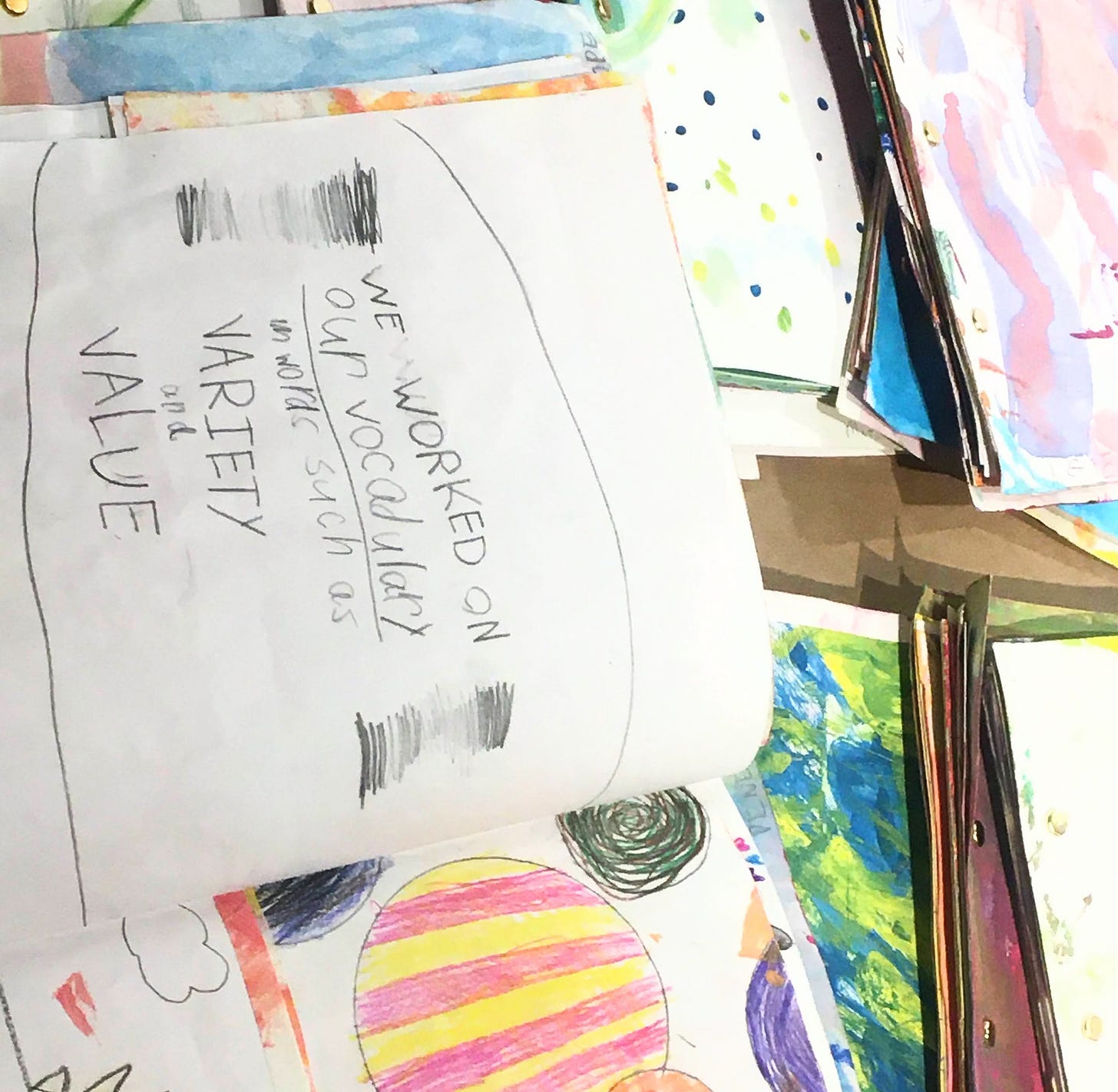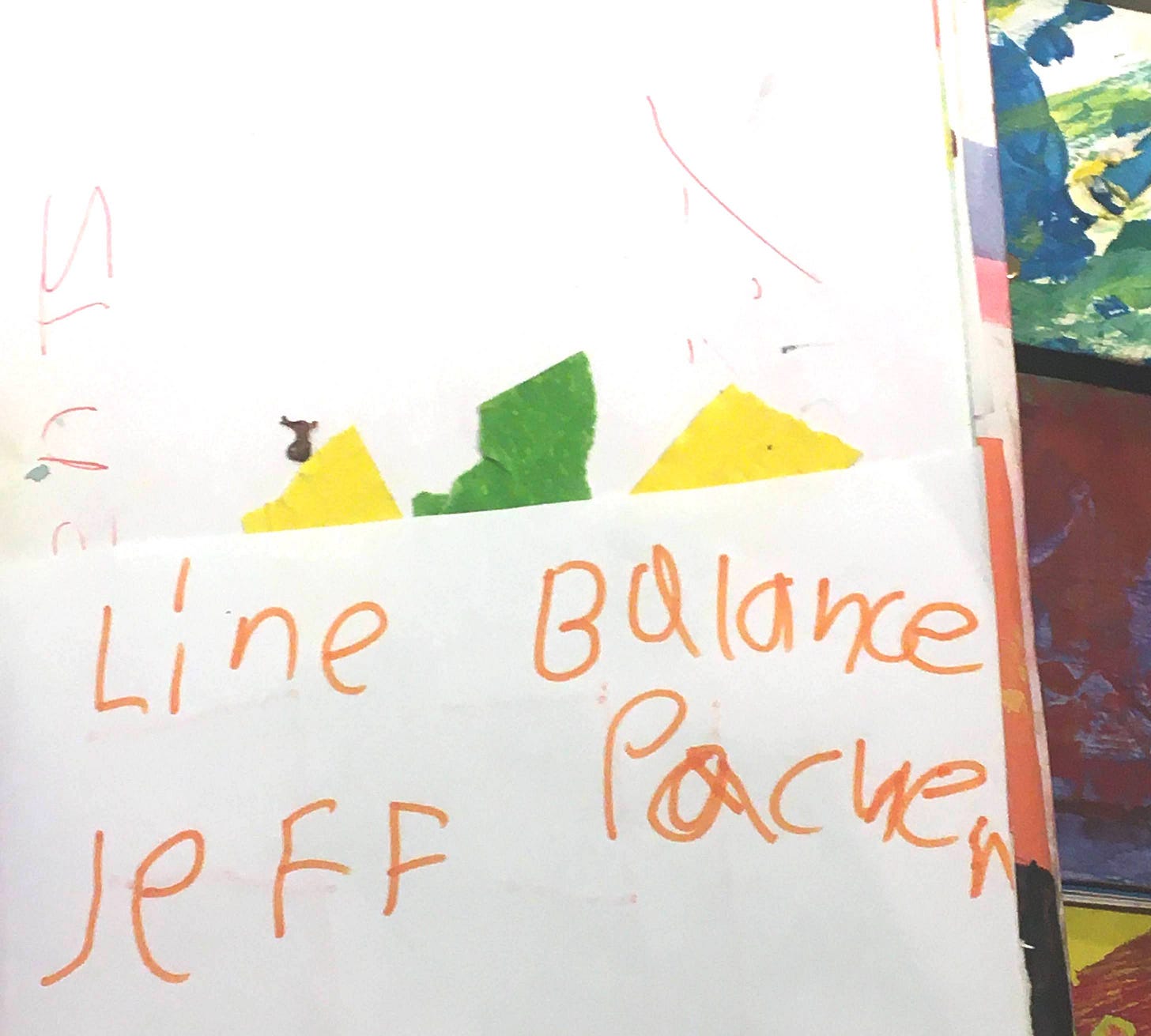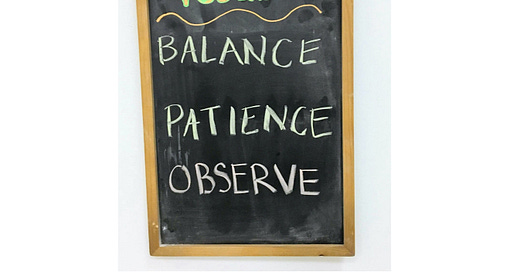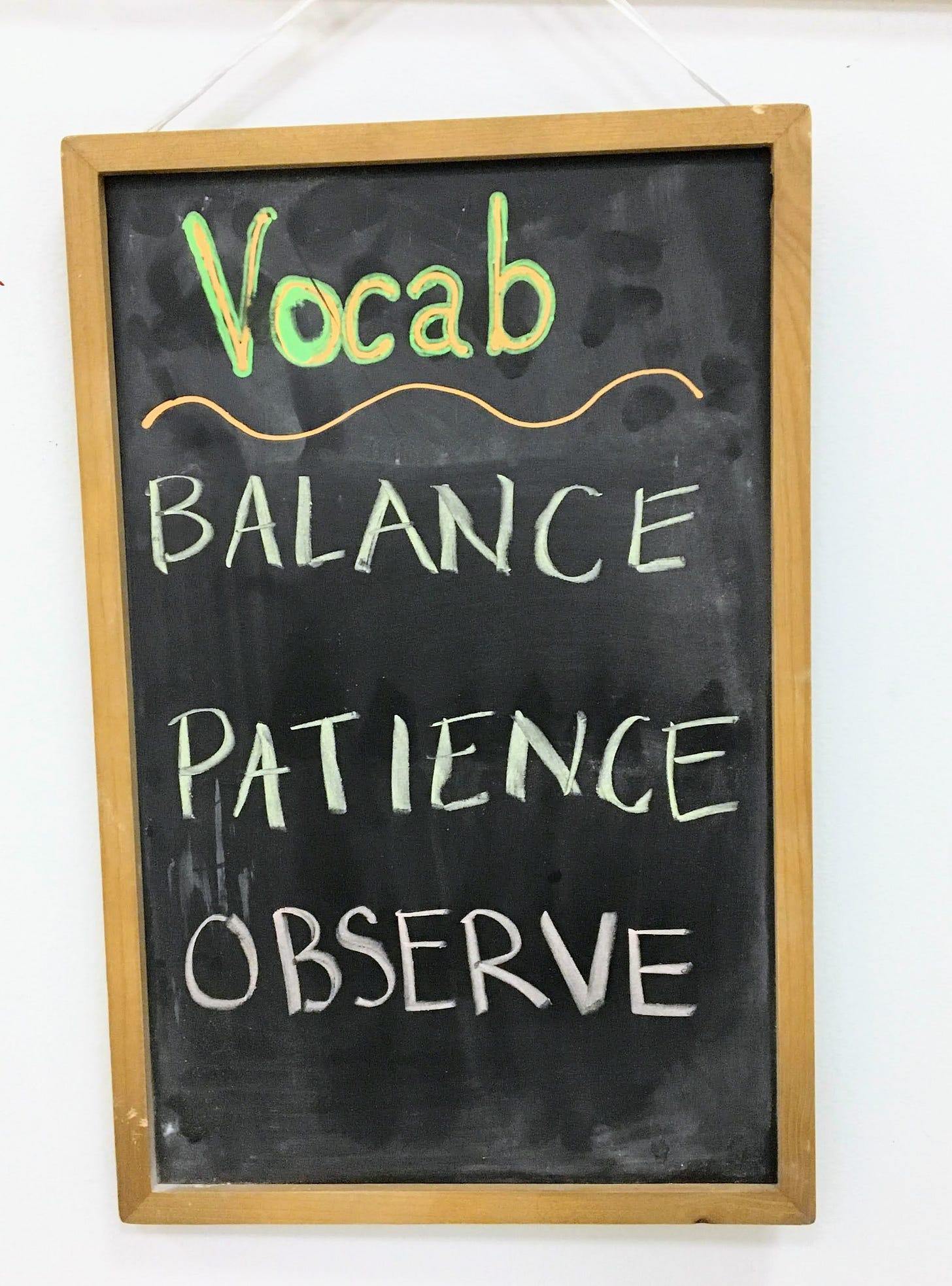If we had our druthers we would have a wand to wave to transform ourselves and everyone around us into being effective communicators. Effective communication strengthens our abilities to share feelings, ideas, observations, thoughts, and information. Being able to communicate causes one to feel clear and directed. Communication supports decision making. With no wand in hand, how do we facilitate young artists in actively becoming stronger communicators? One method: Focus on vocabulary-building1.
In The Painted Cloud’s practice, we intentionally integrate vocabulary-building into every process and project. Feeling comfortable with practicing vocabulary-building is a skill in and of itself. It can feel hard to not have the words and not know what to say. In the studio, a repeated expectation verbalized to young artists is “If you don’t know what it means, ask!” Part of our job as teaching artists is to actively celebrate when a new word is learned and applied, and also actively celebrate when a young artist attempts to use a new word, even if they didn’t apply the new word perfectly. The celebration boosts confidence in practicing vocabulary-building. Sharing with young artists the empowerment that comes with having an expanded vocabulary is a motivator to continue learning new words and begin applying new words in conversation. We integrate both ‘art words’ (line, shape, texture, etc.) and ‘life words’ (transform, catalyze, predict, etc.).
Art Words
In art, knowing and understanding key vocabulary helps communication for analysis, judgment, reflection, critique, and, most importantly, self-critique. To be effective, we decide one to two ‘art words’ to focus on employing within every process and project. By repeating the ‘art word’ within the process and project, we are applying the word in realtime, linking the word to its meaning. How do we choose which ‘art words’ to focus on? Teaching artists begin by selecting an element or principle of art, not only because those ‘art words’ are important in every artists’ practice, but also because the words themselves are straightforward and demonstrate to young artists that learning vocabulary is easy and doable! Teaching artists liken learning these ‘art words’ to learning the names of different ingredients for a recipe. If one tastes a soup and says ‘It’s a little off’, they can more intentionally change the flavor if they can identify the individual ingredients. If one looks at their artwork and says ‘It’s a little off’, they can visually dissect the work with their elements-of-art vocabulary and choose to add more of a specific element or not. To continue the repetition of the ‘art word’, we ask questions to young artists to spur their use of the ‘art words’ when responding in conversation. During reflection and critique, employing the selected ‘art words’ is a must.

Life Words
In addition to having decided-upon ‘art words’, we as teaching artists identify ‘life words’ to integrate into every process and project. ‘Life words’ are essentially all the other words that don’t relate to art. With so many words to choose from, how do we decide which ‘life words’ to teach? We identify words that will naturally come up within a process and project. Within that selection, we choose words that will lead to deeper understanding of the Consider Community Concept*2. For example, the words transform, patience, and predict are easy to integrate into most processes - we can transform an image, we require patience to see what happens when two materials are combined, we can predict an outcome when applying a technique. We intentionally and repeatedly use the ‘life words’ until young artists understand and confidently employ their newfound vocabulary in the studio.

As young artists become more confident in the act of learning vocabulary, words become more and more plentiful and communication becomes increasingly effective. As teaching artists, we attune our ears to notice the increase in vocabulary as a tangible marker of learning. We notice young artists encouraging vocabulary-building in their peers. One of our favorite conversations to overhear is when a more seasoned young artist tells a newcomer or more timid learner, “If you don’t know what it means, ask!” When the confidence of learning vocabulary is present, the pace of learning new words becomes exponential. Teaching artists get into integrating more ‘art words’ that sound more strange like ‘chiaroscuro’ or ‘sfumato’. Teaching artists build a more expansive bank of ‘life word’ with vocabulary like ‘collective’ or ‘persona’. Even within a week in the studio, the communication expands in relection, in critique, in studio notes, and in easy-flowing dialogue.
When learning a new word, The Painted Cloud’s question is always “How are you gonna to use this word today?” You’re invited to join The Painted Cloud in this exercise on our ongoing quest to expand vocabulary both in the studio and in our everyday lives.
Ramón is animating a series called “The Painted Cloud Vocabulary Time” which you can see on our instagram.
Read about what our “Consider Community Concepts™” are here:
What if art could remind young artists of the essential life lessons they learned?
The Painted Cloud pedagogy centers on our “Consider Community Concepts™” integrated with constructivist arts practices. Philosophy: We believe that young artists can understand how to be consciously mindful in the present moment; that they can notice intuition to see and perceive; that they can learn to set conscious intentions and observe interconnected…






